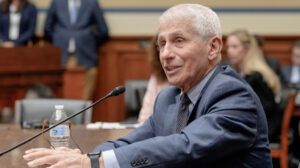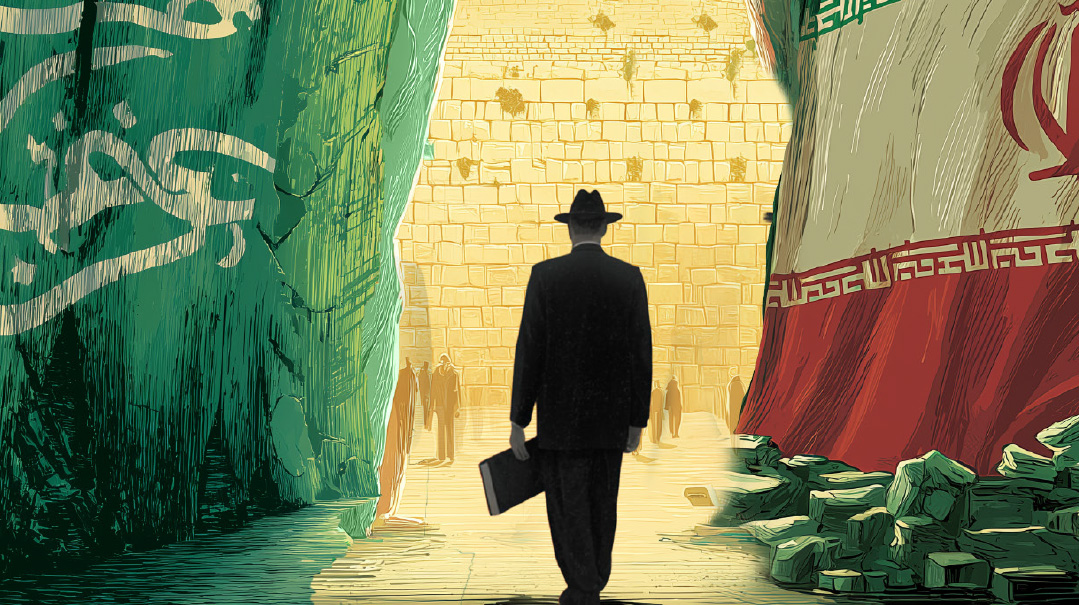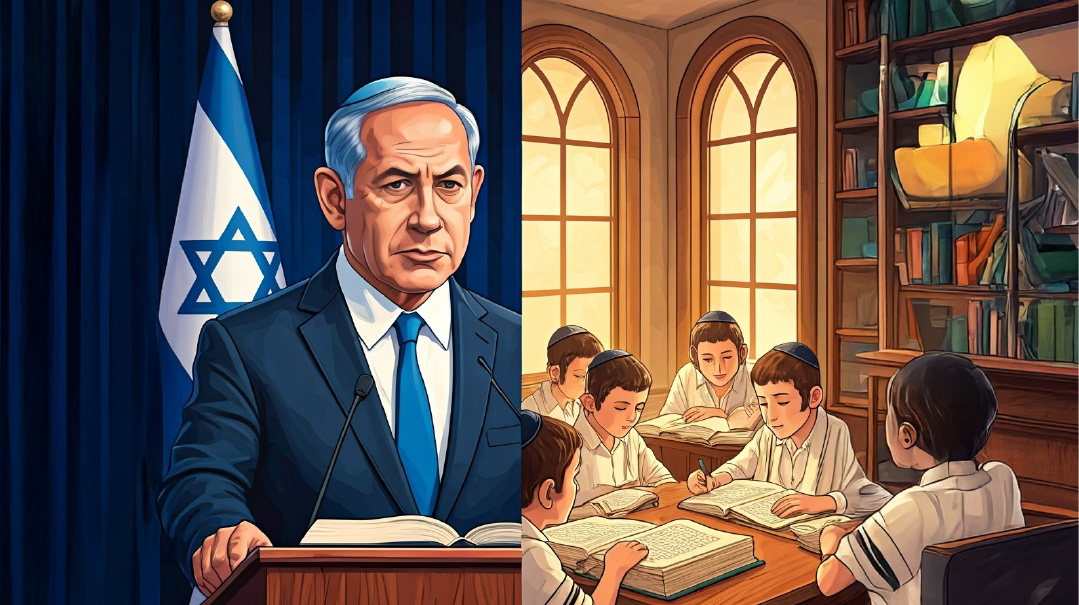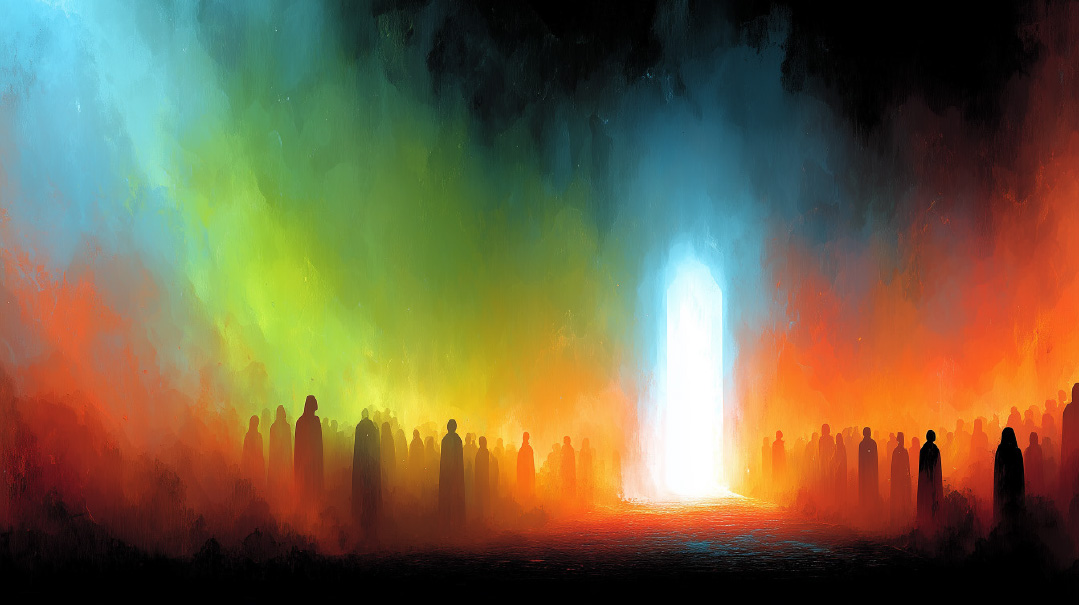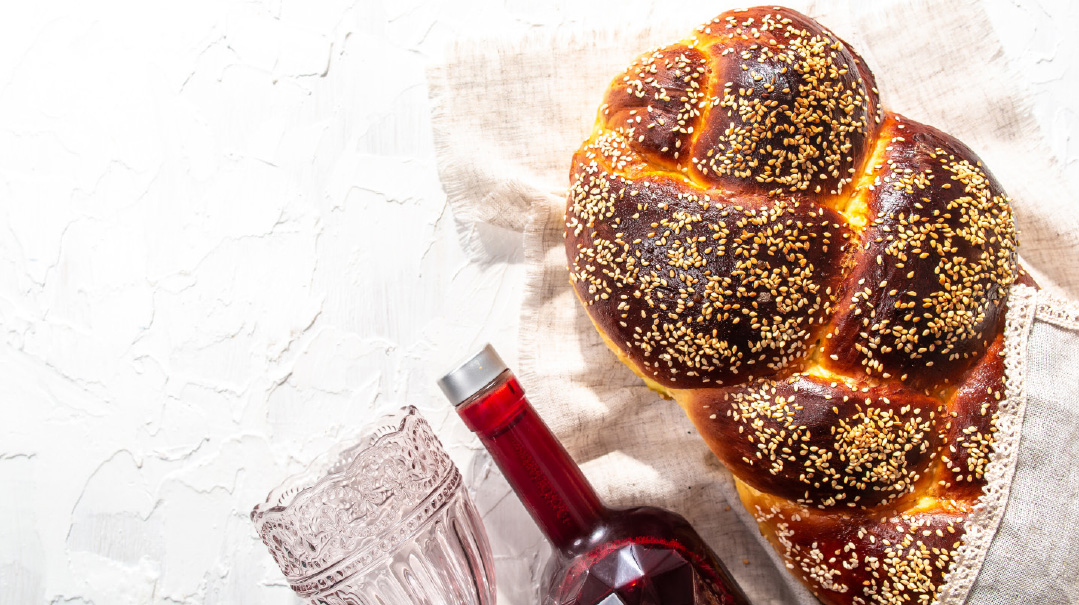The Purim Generation
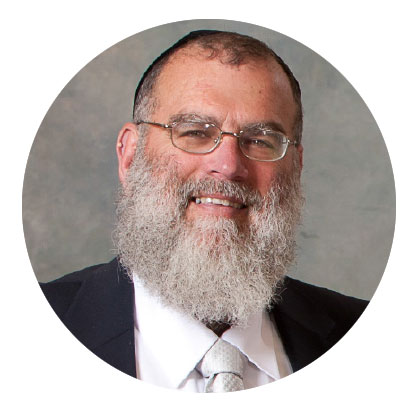
Is the mishloach manos about you? Or about others?
Some people look at our over-the-top mishloach manos, expensive bottles of wine, and exuberant yeshivah bochurim dancing in the streets with a critical eye. Though everyone agrees that excessive drinking is dangerous and prohibited, I would like to share with you a non-critical perspective of the rest of our high-priced and spirited Purim celebrations.
Perhaps every generation has its Yom Tov, the holiday that embodies its values and challenges. There were the “Pesach generations,” those generations that lived in constant readiness to be mekadeish Sheim Shamayim, especially before Pesach. Unlike us, who celebrate Pesach in security and plenty, they marked the holiday in fear of a blood libel or Easter pogrom breaking out. Yet they celebrated Pesach.
There were the “Yamim Noraim generations,” for whom awe was palpable in the air, when almost everyone would shed copious tears during davening. Those generations marked the Yamim Noraim with an intensity of feeling and emotion that is very difficult for us to replicate today.
For the generations of the Holocaust and the Jews living under excruciating poverty in Russia’s Pale of Settlement, Tishah B’Av was Tishah B’Av. They were living it day after day. They didn’t need lectures between kinnos to arouse feelings of grief and yearning to return to Eretz Yisrael and experience the Geulah.
We? We’re the Purim generation. No generation ever celebrated Purim as we do. No other generation could have.
Purim celebrates the salvation of Klal Yisrael from physical destruction. We give hodayah hanissim. On Purim we say “thank You.” Our Purim celebrations reflect our generation’s unique blessings. Our Purim is celebrated with extravagance not because we are looking for an excuse to party, but (hopefully) because we are acknowledging, with an outpouring of joy, the great chesed the Almighty has sent our way.
Consider this: We have seen more chasdei Hashem than any generation since the Churban! We have the zechus of being able to live in or visit Eretz Yisrael and pray at its holy places. An American president has acknowledged Yerushalayim as our capital. There are more Jews learning Torah today than ever and our community is wealthier than it ever was. Jews are even elected to political office.
This might be a good time to retell the story of the gadol who was asked, “Why is our generation so blessed?” His answer: “Imagine the feelings of parents whose child finally came home from the hospital after battling a life-threatening illness. How much will they pamper their child? We, the generation after the Holocaust, are Hashem’s beloved and pampered children.”
The Yerushalmi (Megillah 7b) says that when Rabi Yudin sent the wealthy Rabi Hoshaya a mishloach manos consisting of a bottle of wine and a piece of flank meat, Rabi Hoshaya asked him, tongue-in-cheek, “Why are you sending me matanos l’evyonim?” Rabi Yudin got the hint and then sent an entire calf and a barrel of wine.
The era of sending pineapple and a slice of cake for mishloach manos seems to be gone. Today, Purim is a time to celebrate the blessings Hashem has poured down upon us. A time to say thank You.
And if we do it generously, beautifully, elegantly — that’s fine!
Intent is an important element in all mitzvos we do, however, and mishloach manos is no different. The purpose of this mitzvah is to foster friendship, increase peace bein adam l’chaveiro, and create greater unity amongst the Jewish people. After all, one of the main reasons for our redemption from Haman’s evil plans was that the Jewish people came together in a striking display of achdus. So when planning your mishloach manos, take a few minutes to consider: Is this mishloach manos being sent to foster friendship — or to impress others? Will my mishloach manos enhance my neighbors’ Purim or make them jealous of my artistic and creative ideas? How about balance? Is the money spent on mishloach manos, wine, and seudas Purim accompanied by an appropriate sum spent on matanos l’evyonim?
It’s not enough for us to be comfortable with what we send; we should think about how others will feel when they receive it. Though it may not be chic, sending a cold-cut platter to a large family can be a better choice than a small box of a few pieces of fancy chocolates for their many children to fight over.
Bottom line: Is the mishloach manos about you? Or about others?
Purim is the last holiday in the year’s monthly cycle. Interesting to note, this is the celebration of Amalek’s destruction, and not long after the Purim story took place the second Beis Hamikdash was built. Maybe this is the inner reason why we are the “Purim generation.” Mashiach has never been closer!
Originally featured in Mishpacha, Issue 699. Rabbi Zakon, who has been in chinuch for decades, is director of Yeshiva Teachers Institute, a chinuch training program for kollel men, and of Chinuch Habonim Seminars, Jerusalem.
Oops! We could not locate your form.






